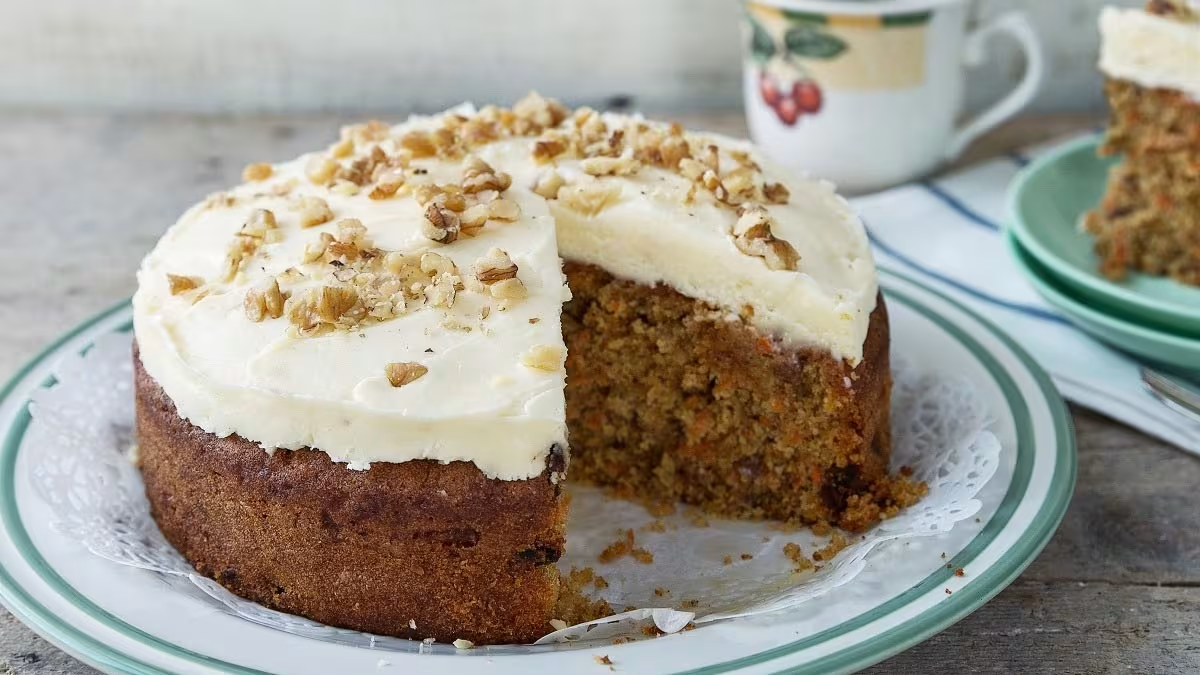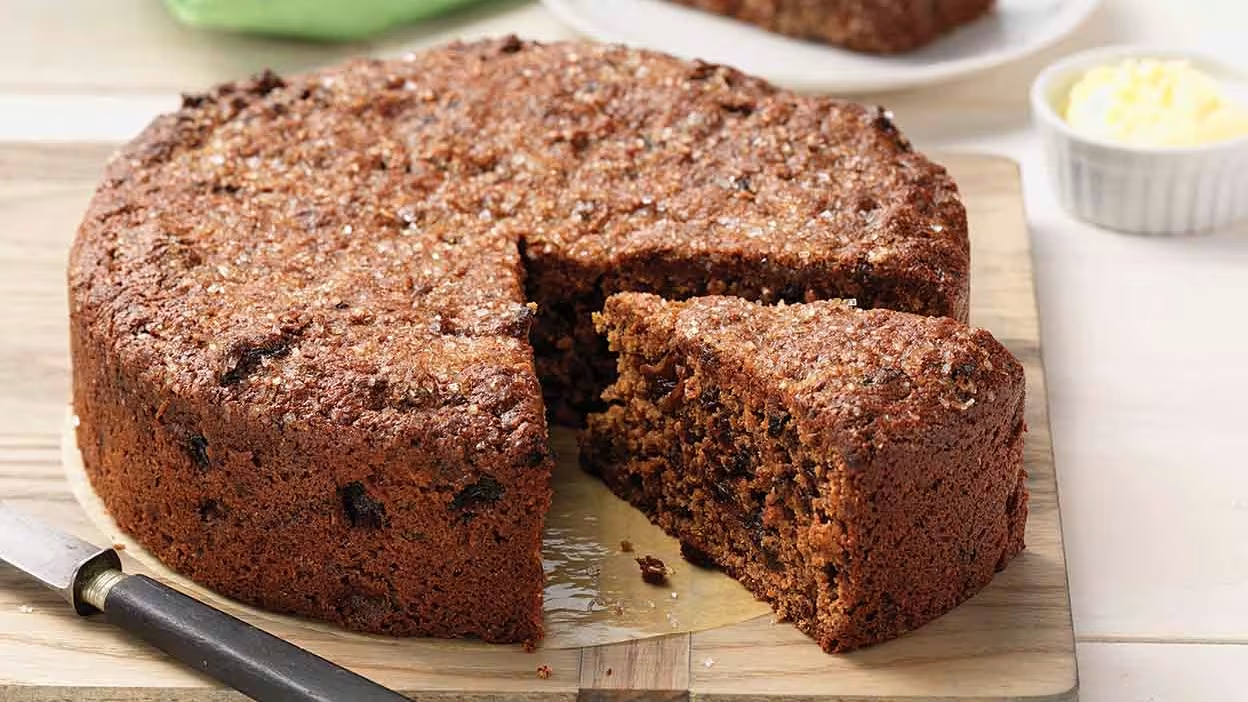
Delicious Irish Recipes: Discover the Heart of Irish Cuisine
Written by Jessica Lopez
Published at 25-05-2023
Edited on 04/08/2025 | 09:07 AM
European RecipesCourse: Main Course
Cuisine: Irish
Difficulty: Easy
Servings
4-6 servings
Prep Time
20 minutes
Cooking Time
40 minutes
Total Time
1 hour
Fat
15g
Protein
25g
Carbs
30g
Calories
400 kcal
Welcome to the vibrant world of Irish recipes, where hearty flavors and comforting ingredients come together to create dishes that warm the soul. Irish cuisine is known for its simplicity and emphasis on quality ingredients, often featuring fresh produce, succulent meats, and, of course, the beloved potatoes. From the bustling streets of Dublin to the serene countryside, you’ll find that Irish food tells a story of culture, tradition, and community. Irish recipes are not just meals; they are a celebration of life and togetherness.
Whether it’s a cozy dinner with family or a festive gathering with friends, these dishes bring people together around the table. Think of classic staples like Irish stew, colcannon, and soda bread, each with its unique twist and history. What’s more, the rich flavors of these recipes are often paired with a pint of Guinness or a warming Irish whiskey, making every meal a delightful experience. In this blog, we will explore a variety of Irish recipes that are perfect for any occasion.
From easy weeknight dinners to impressive dishes for special occasions, you’ll find recipes that cater to all skill levels. Each recipe is designed to be user-friendly, ensuring you can bring the taste of Ireland into your kitchen with ease. So, grab your apron, and let’s embark on a culinary adventure that will transport you to the Emerald Isle, one delicious bite at a time.
Get ready to impress your family and friends with authentic Irish flavors that are sure to leave everyone asking for seconds!.


